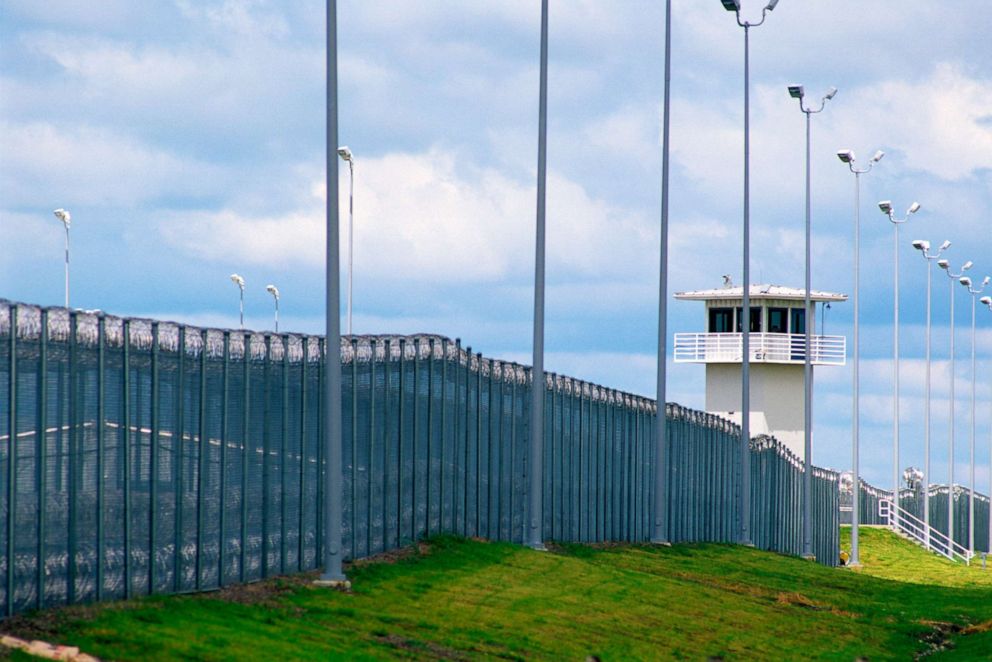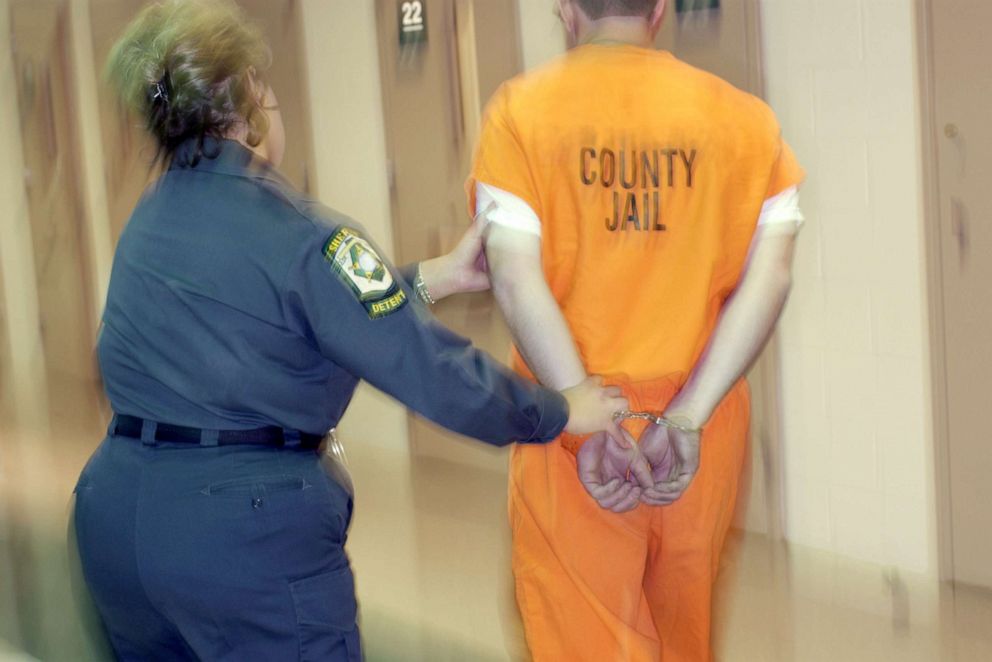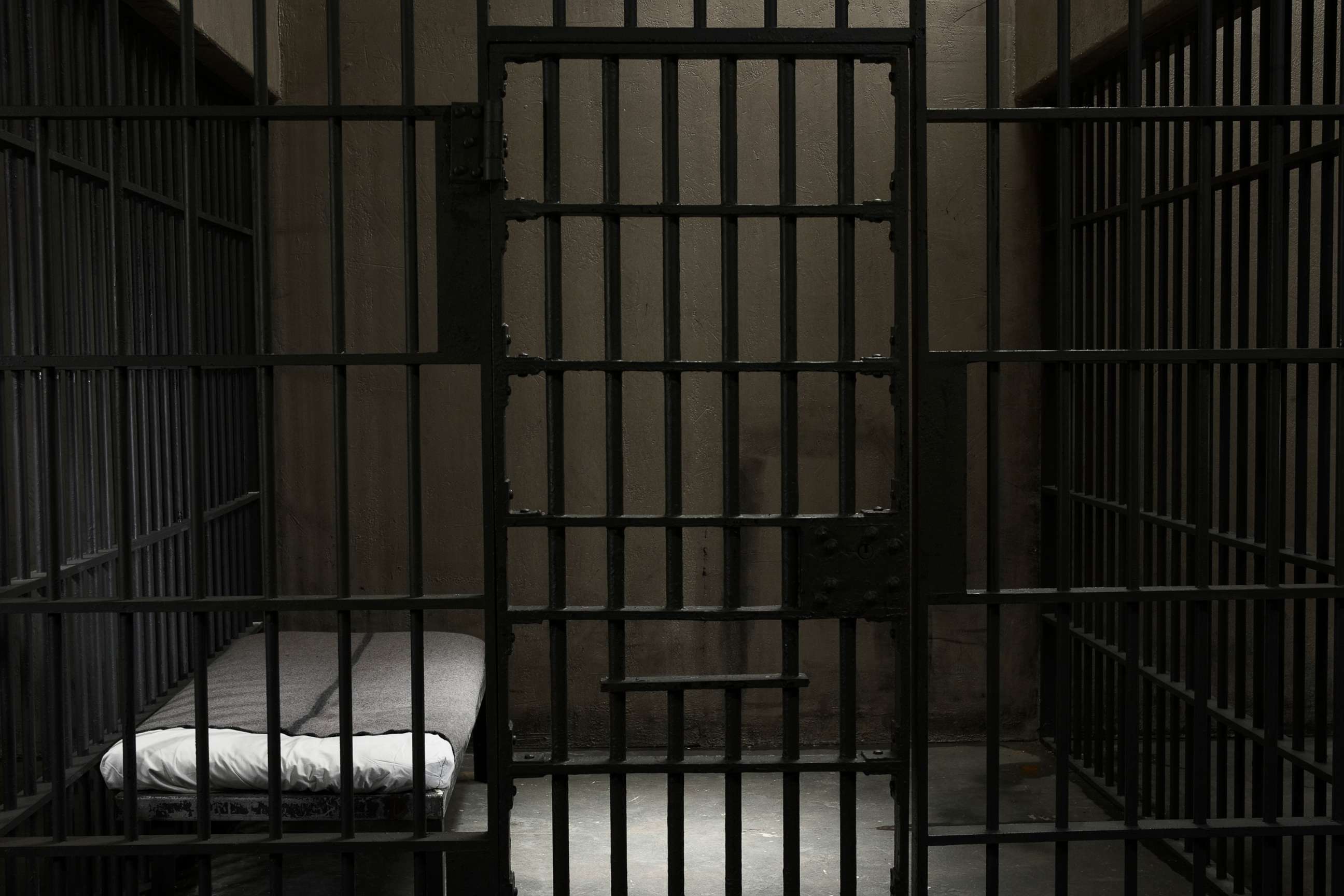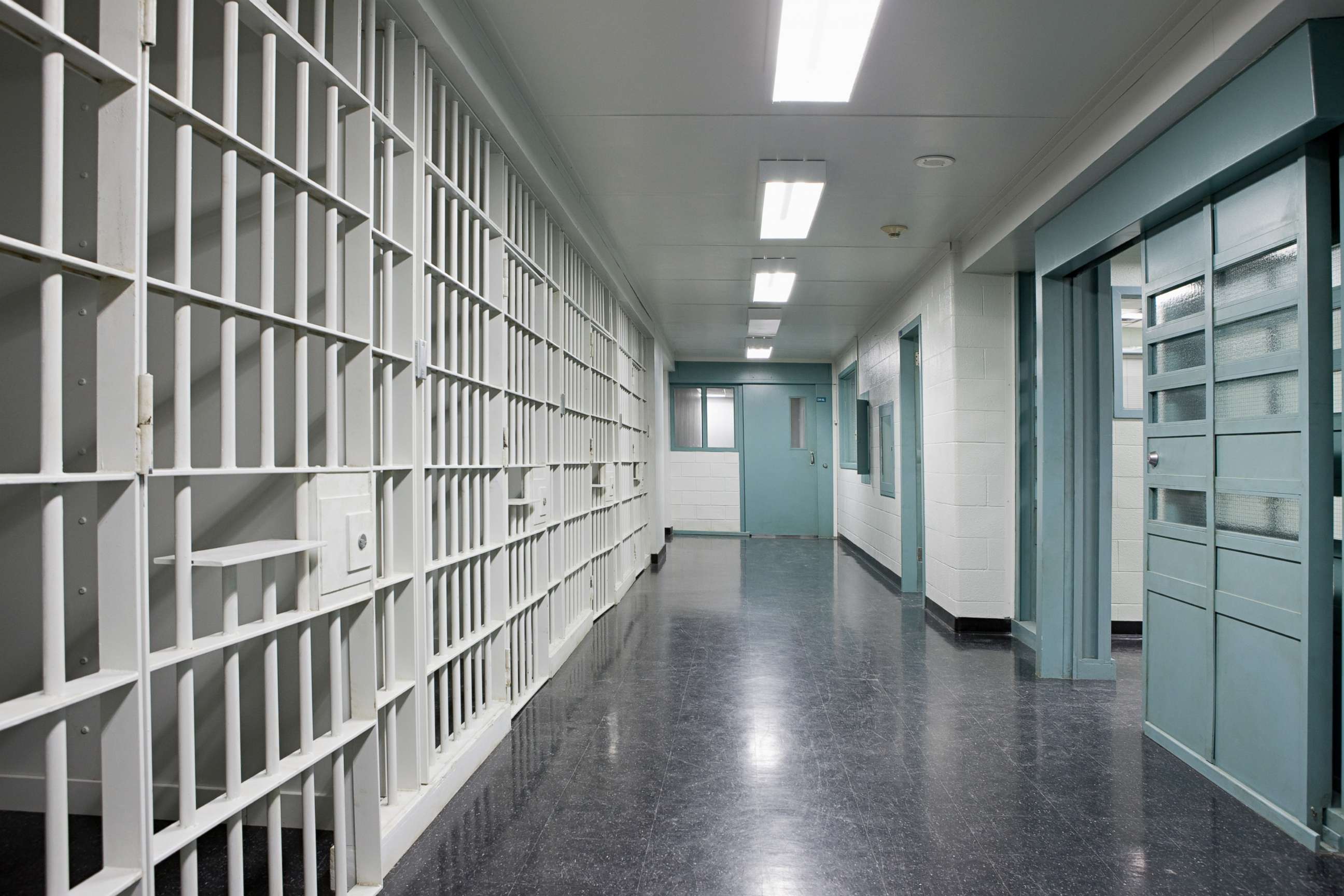Spike in drug, alcohol related jail deaths puts spotlight on fallout from 'war on drugs'
Experts call for rehabilitation instead of jail time for people with addiction.
Drug and alcohol-related jail deaths have skyrocketed in recent years, according to a recent report from the Bureau of Justice Statistics and experts say that spike goes hand-in-hand with the continued criminalization of substance abuse in the United States and lack of treatment.
Deaths spiked between 2000 and 2018, increasing by roughly 381% -- the largest increase of any cause by a margin, according to the BJS report. The report did not elaborate on the specific causes of death.
The time period also coincided with increased opioid use and large numbers of drug arrests, mainly for possession.
Substance abuse is classified as a mental illness, by the National Institute on Drug Abuse, a federal agency, but has long been treated as a criminal offense by the justice system, rather than a public health issue, NIDA’s Dr. Redonna Chandler told ABC News.
“The fact that we have criminalized some of these things and used punishment as a form of dealing with it goes along with the stigmatized idea that substance use disorders and addiction are a moral choice,” Chandler said. “What we actually know from many years of science is that substance use disorders are involved in a fundamental change within the brain, and within neural circuitry.”
Some experts, like Dr. Kevin Fiscella, a professor at the University of Rochester Medical Center, predict that the number of drug and alcohol-related deaths could be higher because these fatalities may have been recorded as being related to other underlying conditions.
Chandler and Fiscella say that improving systems of treatment and rehabilitation can prevent these deaths, reduce recidivism and end the stigma against people who experience substance abuse.

The first step to addressing the problem, Chandler said, is addressing the over-policing and under-treatment of substance abuse.
The criminalization of substance abuse in the U.S.
Willy Sorila, a 28-year-old formerly incarcerated man and an operations manager at the Aspen Ridge Recovery Center in Colorado, said he could have died while in jail for drug distribution due to a forced withdrawal from benzodiazepine, a psychoactive drug.
Sorila, who is still in recovery, recalls having seizures while experiencing withdrawal and receiving no formal treatment for his substance abuse while incarcerated. After leaving jail after a week, he said he later fell into opioid abuse.
“That first time around was very scary,” Sorila said of the withdrawal. “If we're truly wanting to release people from jail or prison back into society and give them a fair chance at fighting, I think that's where the treatment really needs to start.”
Sorila said he was given a sports drink and ibuprofen to treat his pain.
Sorila now works to help others on their path to recovery -- but he said he’s one of the lucky ones who was able to get out of the cycle of incarceration and addiction.
Of all the people who are incarcerated, the Drug Policy Alliance reports 1 in 5 people are jailed for a drug offense.
And roughly 63% of sentenced people in jail met the criteria for drug dependence or abuse, according to data collected by the National Inmate Surveys in the late 2000s, released in 2017.

In this survey, about 61% of people sentenced and incarcerated for violent offenses met the criteria for drug dependence or abuse. That number rose to 72% for property damage offenses and 74% for drug offenses.
“Many poor folks who don't have insurance can't get access or very easy access to substance abuse treatment, mental health treatment, and they end up cycling into the jails,” Fiscella said. “The jails, based on training, based on the culture and based on the resources, their budgets are really struggling to treat people with drug and alcohol [abuse].”
More than 1 million of the approximately 1.5 million drug law violation arrests in 2019, according to the Drug Policy Alliance, were caused by heroin, cocaine, synthetic drugs, and non-narcotic drugs. The remaining 545,000 were marijuana arrests. There were more than 10 million arrests made in 2019.

Since the justice system has disproportionately impacted marginalized, low-income communities, activists have long fought to end the criminalization of hard drugs, and in 2020, they achieved that goal in Oregon.
Oregon is the first and only state to decriminalize the possession of hard drugs, including heroin, methamphetamine, LSD, oxycodone and more. Now, possession of these drugs could lead to a fine or addiction counseling.
Supporters of the law said that it would help focus on addressing the source of abuse issues, instead of forcing mostly impoverished and marginalized people into incarceration.
“Criminalizing the addict makes it harder for them to have the opportunity of seeking out treatment,” Sorila said.
It is unclear how this decriminalization in Oregon has impacted incarceration rates thus far. Though more states are considering the decriminalization of hard drugs to focus on rehabilitation, the push by advocates for proper treatment continues in jails across the country.

What addiction looks like behind bars
Forced withdrawal, as Sorila experienced, particularly from alcohol and benzodiazepines, can be deadly, according to the National Institute of Alcohol Abuse and Alcoholism and the National Library of Medicine. Benzodiazepine withdrawal often requires medications to help patients safely discontinue its use and reduce life-threatening withdrawal complications.
Symptoms of withdrawal can include headaches, nausea, tremors, hallucinations, heart palpitations, seizures, and more, the organizations say.
When paired with an underlying health condition, Fiscella said, forced withdrawal, overdosing and drug or alcohol use can be fatal without proper or immediate access to care.
It is not clear how many people have died while in withdrawal, but there have been reports in several states.
In the Journal of Correctional Health Care article “Drug- and Alcohol-Associated Deaths in U.S. Jails,” Fiscella and his fellow researchers from across the country found that drug- and alcohol-related deaths may be a bigger problem than realized in the data due to how deaths are tracked by the facilities.
The study looked at more than 1,400 drug- and alcohol-related deaths nationwide in jails from 2000-2013 and found that 103 were associated with withdrawal.
“Many of these deaths are preventable, but we need new ways of addressing the problem,” Fiscella said.
Most correctional facilities in the U.S, according to research from NIDA and the National Institute of Health, have discontinued their methadone treatment for opioid addiction -- leading to more forced withdrawals.
Treatment and rehabilitation for substance abusers
To prevent these deaths, Chandler and her peers at NIDA say a medically supervised withdrawal and access to other health needs while incarcerated could help address these issues.
“Educate them about their high risk and vulnerability when they return to the community and provide them with Naloxone,” a medication that used to treat opioid overdose, Chandler said.
The National Commission on Correctional Health Care (NCCHC) recommends pharmacotherapy and evidence-based behavioral treatment to ensure that incarcerated people who enter the system with addiction, leave with the resources they need to rehabilitate.
The commission reports that rehabilitation can reduce relapses and recidivism, meaning it is less likely that someone who leaves jail or prison will be jailed or imprisoned again soon after.
The U.S. Department of Justice did not respond to ABC News' request for comment on standards of correctional care regarding substance abuse disorders.
NIDA recommends that treatment must begin during incarceration and be maintained after release through community treatment programs to end the cycle of drug addiction, substance abuse and incarceration.
The more addiction is policed and stigmatized, experts say, the more likely the rise in deaths are to continue.
“The war on drugs has criminalized behaviors that are associated with drug use ... and these highly vulnerable people are often sort of cycling in and out of this system," Chandler said. "Good public health is good public safety -- they're not competing."




